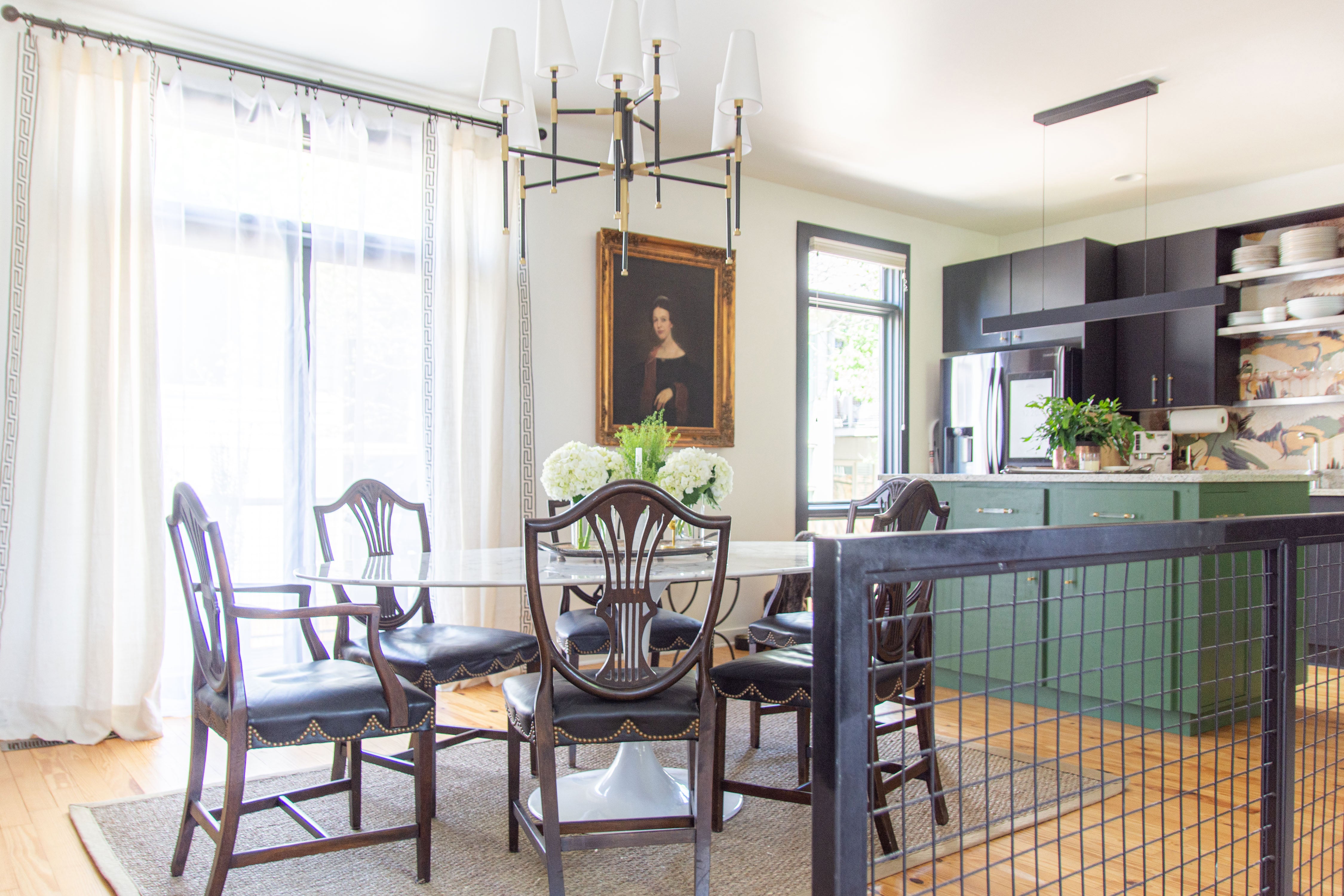A Carefully Planned Renovation Guide for Transforming a House into Your Ideal Home
Renovating a house is akin to charting a new course in your personal living space—it's not just about altering physical structures, but about reimagining your environment to better reflect your lifestyle, preferences, and dreams. A carefully planned renovation can transform an ordinary house into your ideal home, creating spaces that foster comfort, functionality, and joy.
This guide aims to walk you through the essential steps of the renovation process, from initial planning and budgeting to selecting the right contractors and overseeing the work. Whether you're looking to update a single room or planning a comprehensive overhaul, our goal is to provide you with the knowledge and confidence needed to bring your vision to life.
Establishing Your Vision and Goals
Before the hammers and nails come out, the first step is to crystallize your vision. What do you want your home to say about you? Which spaces are most important for your lifestyle? Understanding your goals for how you want to live in your renovated home is crucial. This clarity will inform every decision you make going forward, from budget allocations to the materials you choose.
Think about functionality as much as aesthetics. Will your renovation include creating more open spaces for entertaining? Or perhaps adding a home office is a priority given the increasing trend of remote work. Consider your long-term needs and wants, ensuring that the renovated space will serve you well for years to come.
Choosing the Right Professionals
Selecting the right team is essential for your renovation project. Look for contractors and designers who are not only skilled and experienced but also align with your vision and communication style. Recommendations from friends or trusted online platforms can be invaluable here. Don’t hesitate to interview multiple candidates and ask for detailed quotes as well as references. Once you've chosen your team, clear communication is paramount. Establish regular check-ins to discuss the project's progress, any challenges that arise, and adjustments to the plan or budget.
Building a strong, collaborative relationship with your contractors can make the difference between a stressful renovation and a smooth, successful transformation of your space. From a complete roof replacement to a fresh coat of paint, every detail should be thoroughly discussed and agreed upon before the work begins. Not only does this ensure that your expectations are met, but it also minimizes the likelihood of costly surprises down the line.
Realistic Budgeting
Creating a realistic budget is the backbone of any successful renovation project. It's vital to account not just for the obvious costs like materials and labor, but also for those unexpected expenses that inevitably arise once work starts. By setting aside a contingency fund, typically 10-20% of your total budget, you can ensure that you're prepared for any surprises.
Researching and comparing costs is also a key part of this stage. Gather quotes from different contractors, price out materials, and consider where you might be able to save—perhaps through doing some work yourself or opting for more cost-effective materials without compromising quality. This careful financial planning will help your renovation stay on track and within bounds.
Navigating Permits and Regulations
Before any work begins, understanding the necessary permits and local regulations is critical. These can vary widely depending on your location and the scope of your project. Failing to adhere to these requirements can result in costly fines and delays. Your contractor can often guide you through this process, but it’s wise to do your research as well.
Some renovations might require special approvals, especially if you’re changing the structure of your home or if you live in a historic district. Taking the time to secure all necessary permissions before starting work can save you from headaches and help ensure your project doesn’t hit unnecessary snags.
Designing for the Future
Consider not just your current needs but future possibilities as well. This could mean implementing universal design principles to make your home more accessible as you age or opting for sustainable materials and technologies that can increase energy efficiency and reduce your ecological footprint. Thinking ahead can enhance your home's value, both economically and in terms of day-to-day living.
Additionally, ensure that your design choices, while trendy, also have a timeless element. This balance can help your home feel current yet classic, avoiding a dated look in years to come. By designing with the future in mind, your renovation will serve you well, adapting to changing needs and lifestyles while maintaining its beauty and functionality.
In conclusion, transforming a house into your ideal home through renovation is a deeply personal and rewarding process. It requires careful planning, clear vision, thoughtful budgeting, and collaboration with the right professionals. By considering both your current needs and future possibilities, you can create a space that not only meets your lifestyle demands but also adapts to future changes.
Remember to keep an open line of communication with your team, stay realistic about your budget, and be prepared for the challenges that may arise. With patience and perseverance, your renovation project can turn your house into the home of your dreams, enhancing your daily living and adding value to your property.










